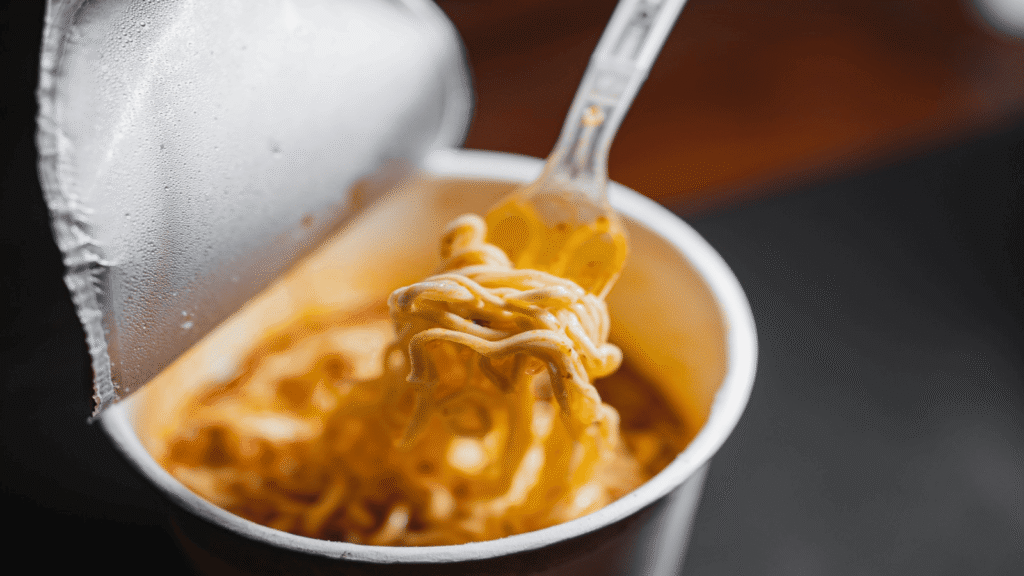The quality of instant noodle paper cups1 affects safety, insulation, and the eating experience. Poor-quality cups can leak soup, collapse when filled with hot water, or even release unsafe substances.
Check surface finish2, wall thickness, inner film coating3, and heat resistance4. A good cup stays strong, leak-free, and safe with boiling water.
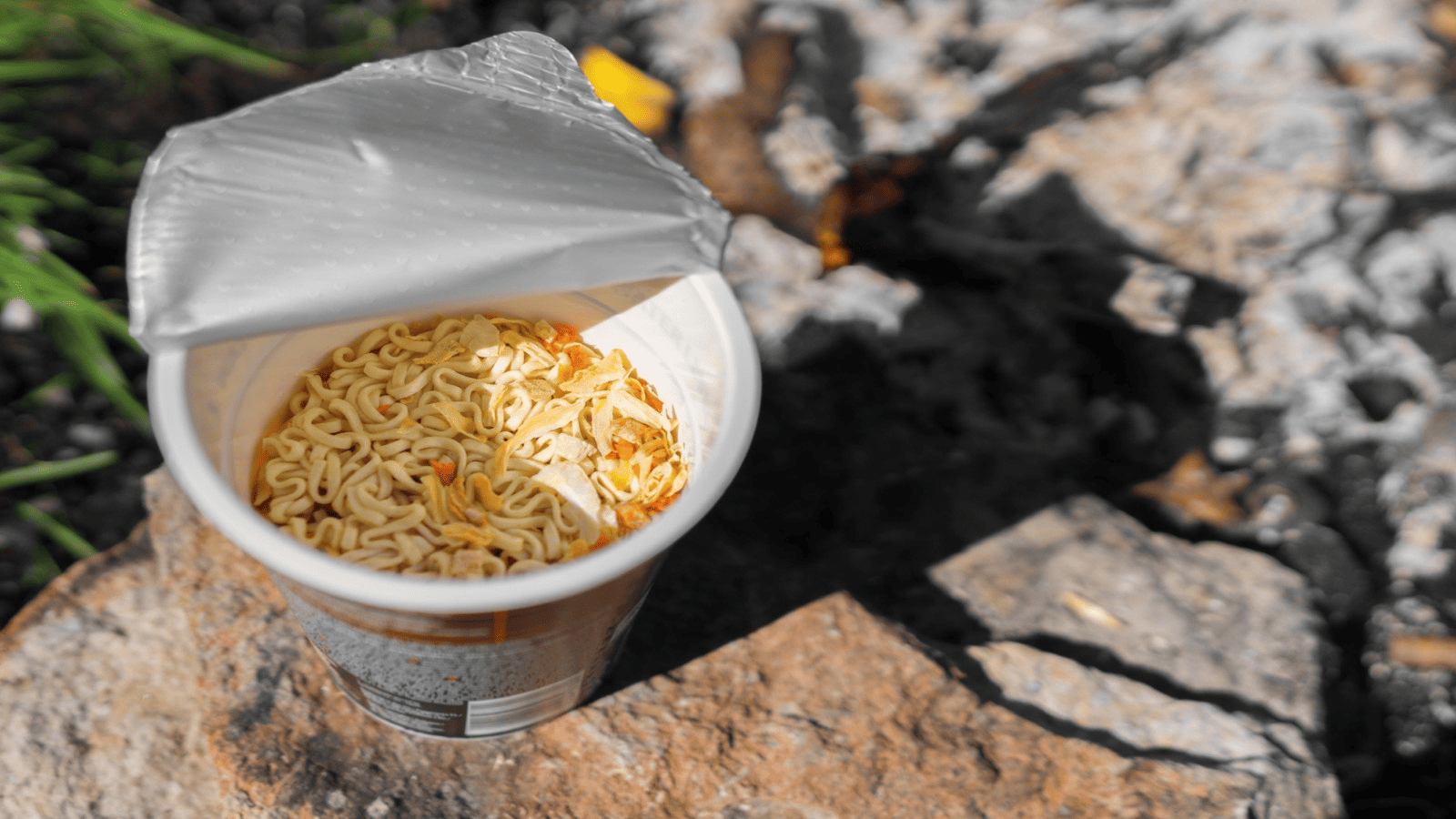
I always suggest following a simple four-step test before placing bulk orders—it can save you from costly complaints.
Four-Step Quality Check
| Step | Good Cup Signs | Poor Cup Signs |
|---|---|---|
| Appearance | Smooth surface, no wrinkles, clear printing, food-safe marks | Blurry print, ink smell, missing safety marks |
| Thickness | Firm walls resist squeezing | Thin walls buckle with hot water |
| Inner Coating | Smooth and even PE film, no bubbles or scratches | Exposed paper fibers, uneven coating |
| Heat Test | Stays firm with 80–90°C water, no leaks, comfortable to hold | Softens or leaks, becomes too hot to touch |
What Are the Common Capacities of Instant Noodle Cups?
Instant noodle cups5 have different capacities to match portion sizes and noodle block diameters6.
Common ranges are 600–700ml for small, 750–900ml for standard, 1000–1100ml for large, and 1250ml+ for extra-large family or gourmet portions.
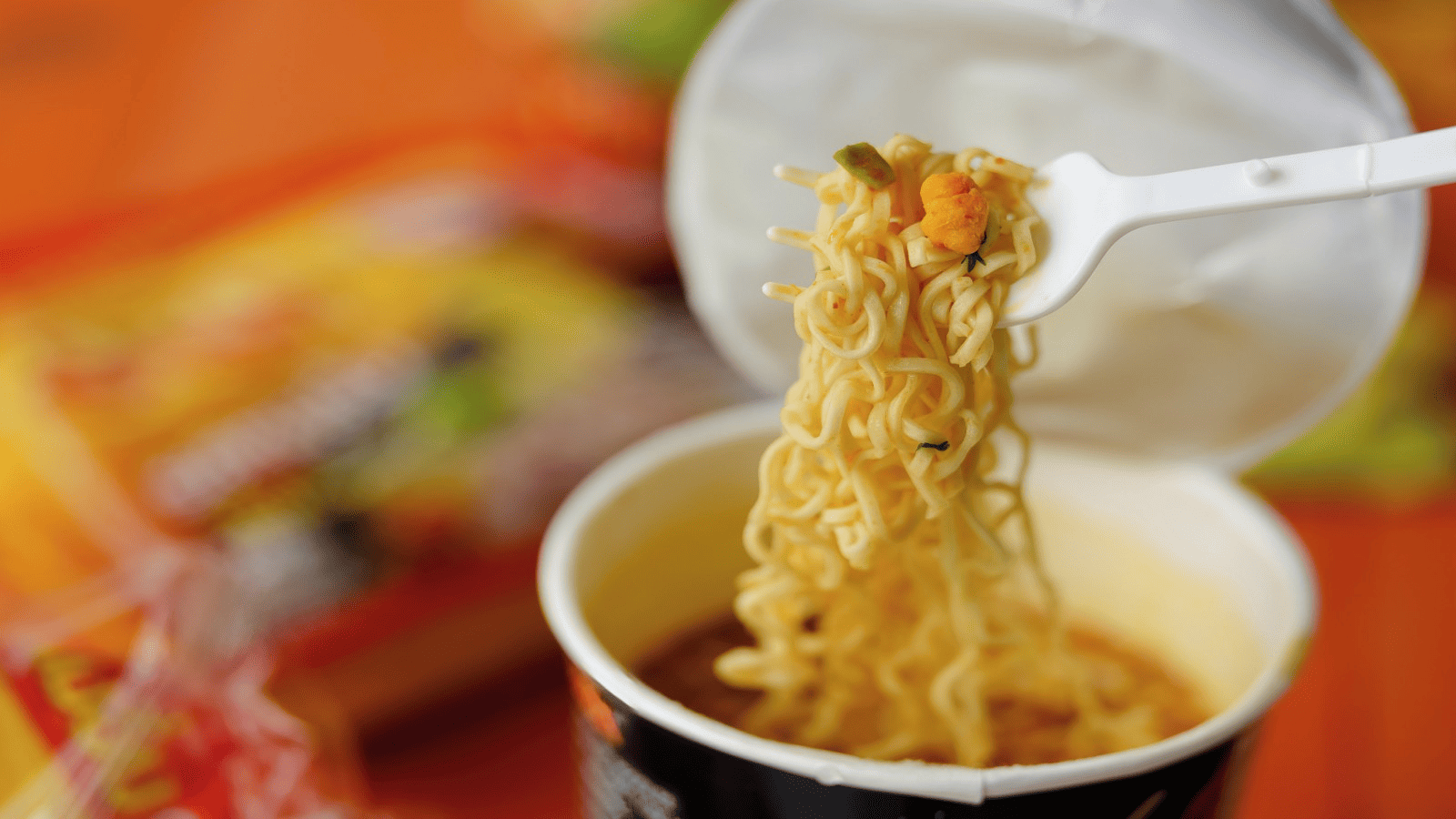
I’ve noticed many brands choose the 750–900ml standard because it fits most regular noodle blocks and allows extra space for toppings.
Capacity and Noodle Type Matching
| Size Category | Capacity (ml) | Noodle Block Dia | Noodle Weight | Typical Use Case |
|---|---|---|---|---|
| Small | 600–700 | 10–11cm | 60–70g | Mini ramen, Japanese small-size packs |
| Standard | 750–900 | 12–13cm | 75–90g | Common retail instant noodle cups5 |
| Large | 1000–1100 | 13.5–14cm | 100–110g | Extra toppings, large soup servings |
| Extra-large | 1250+ | ≥14cm | 120g+ | Family-size sharing cups or deluxe packaging |
What Are the Common Sizes of Instant Noodle Cups?
The physical measurements of instant noodle cups5 vary across capacities and manufacturers.
For instant noodles, the top diameter ranges from about 98mm to 130mm, the bottom diameter is smaller for stability, and height increases with volume.
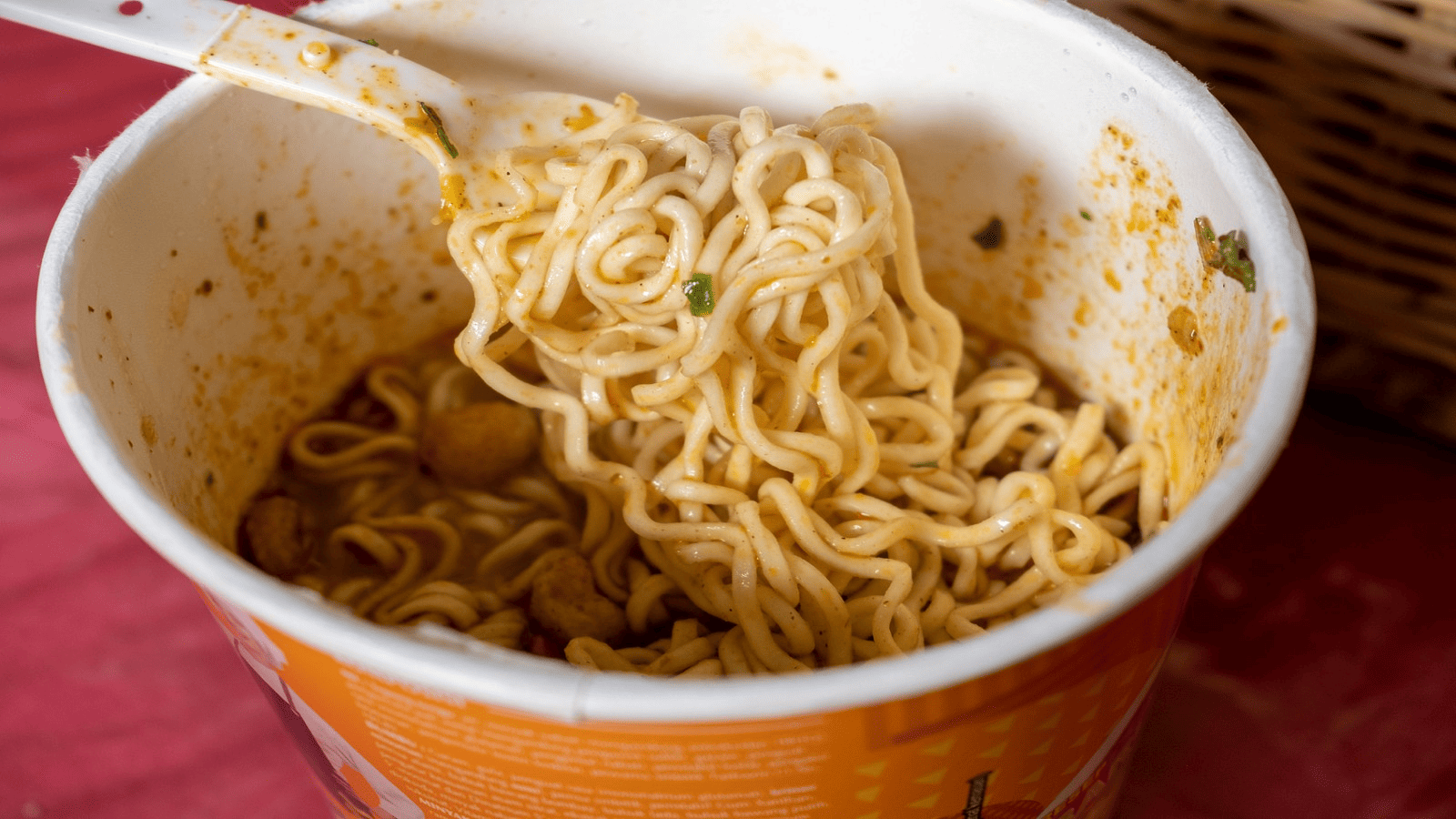
When I design packaging, I check both volume and height-to-diameter ratio, because the opening needs to fit not just noodles but also toppings and utensils.
Size Reference Table
| Capacity | Top Dia (mm) | Bottom Dia (mm) | Height (mm) | Notes |
|---|---|---|---|---|
| 500ml | 98 | 77 | 108 | Small cup for mini noodles |
| 1000ml | 117 | 93 | 130 | Large bowl size for extra ingredients |
Note: Dimensions may vary slightly by mold and manufacturer.
Aluminum Foil Paper Lid for Instant Noodles
Aluminum foil paper lids are popular because they offer superior sealing and heat retention compared to paper lids.
They keep heat in, prevent leaks, and resist high temperatures, but cannot be microwaved due to the metal content.
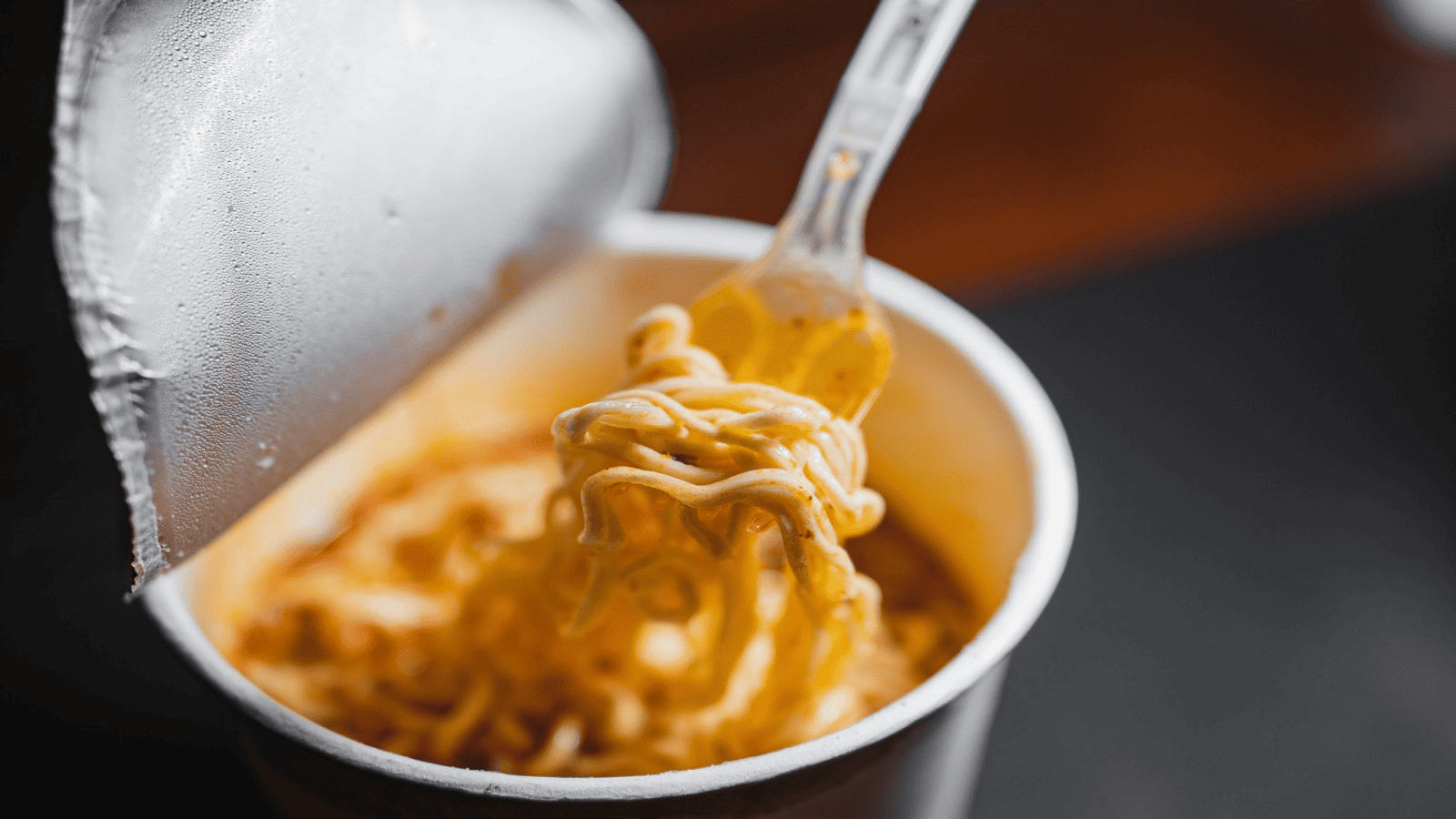
I recommend foil lids for retail and delivery products where maintaining soup temperature and freshness is key.
Key Features & Safety Notes
Features:
- Excellent sealing, blocks air and moisture
- Waterproof and resistant to prolonged contact with hot soup
- Handles 120°C+ temperatures safely with food-grade glue
Precautions:
- Do not microwave (metal can spark)
- Avoid direct flame contact
- Tear a small gap before opening to release steam safely
- Always check foil for dents or damage before use
How to Choose the Right Cup for Instant Noodles?
Selecting the right instant noodle cup means balancing portion size, material safety, and use scenario.
Match the cup’s capacity to the noodle block size, and ensure it uses food-grade PE lining7 and stiff walls for heat resistance4.
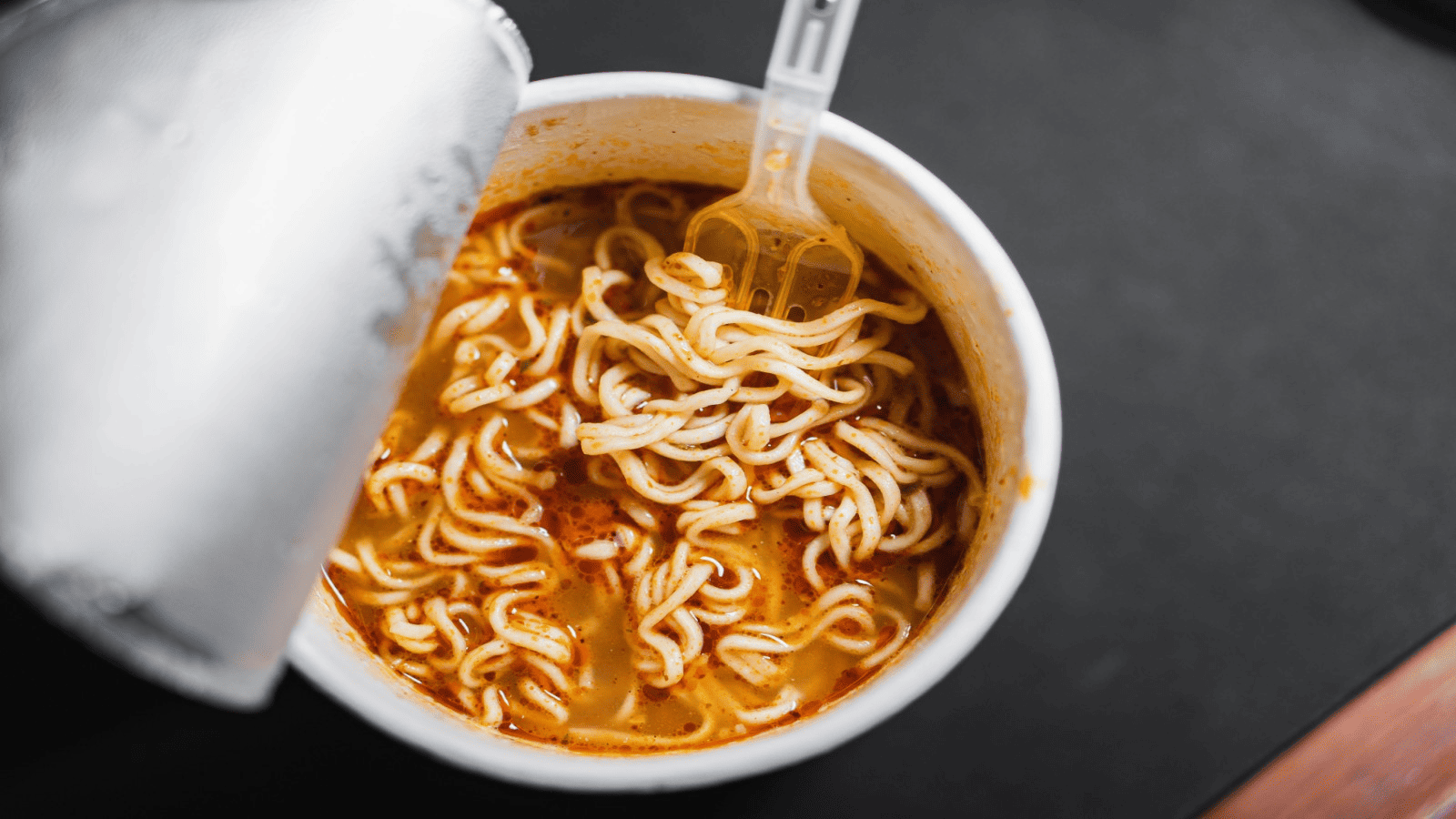
I’ve helped brands reduce leakage complaints8 simply by upgrading to thicker walls9 and better inner coating without changing volume.
Quick Selection Guide
| Noodle Dia | Weight | Suggested Volume (ml) | Common Size (Top×Bottom×Height mm) | Lid Recommendation | Typical Application |
|---|---|---|---|---|---|
| 10–11cm | 60–70g | 600–700 | 98×77×108 | Foil or Paper | Small Japanese-style noodles |
| 12–13cm | 75–90g | 750–900 | 105×84×115 (sample) | Foil | Common store instant noodles |
| 13.5–14cm | 100–110g | 1000–1100 | 117×93×130 | Foil | Large portion noodles with extras |
| ≥14cm | ≥120g | 1250+ | 130×105×135 (sample) | Foil | Family sharing or deluxe pack products |
Conclusion
The best instant noodle cup choice comes from matching noodle size to volume, checking coating and stiffness for safety, and picking a lid that fits both function and presentation.
1.Explore this link to find top-rated instant noodle paper cups that ensure safety and quality. ↩
2.Discover why surface finish matters for the safety and usability of instant noodle cups. ↩
3.Find out which inner film coatings provide the best protection and safety for noodle cups. ↩
4.Understand the significance of heat resistance in noodle cups and how to test it effectively. ↩
5.Discover the various types, sizes, and materials of noodle cups to choose the safest and most practical option for your products or meals. ↩
6.Explore standard noodle block diameters to ensure compatibility with your chosen noodle cups. ↩
7.Discover the importance of food-grade PE lining for safety and quality in noodle cups. ↩
8.Find strategies to minimize leakage complaints and improve customer satisfaction with noodle cups. ↩
9.Understand how thicker walls enhance the durability and safety of instant noodle cups. ↩
